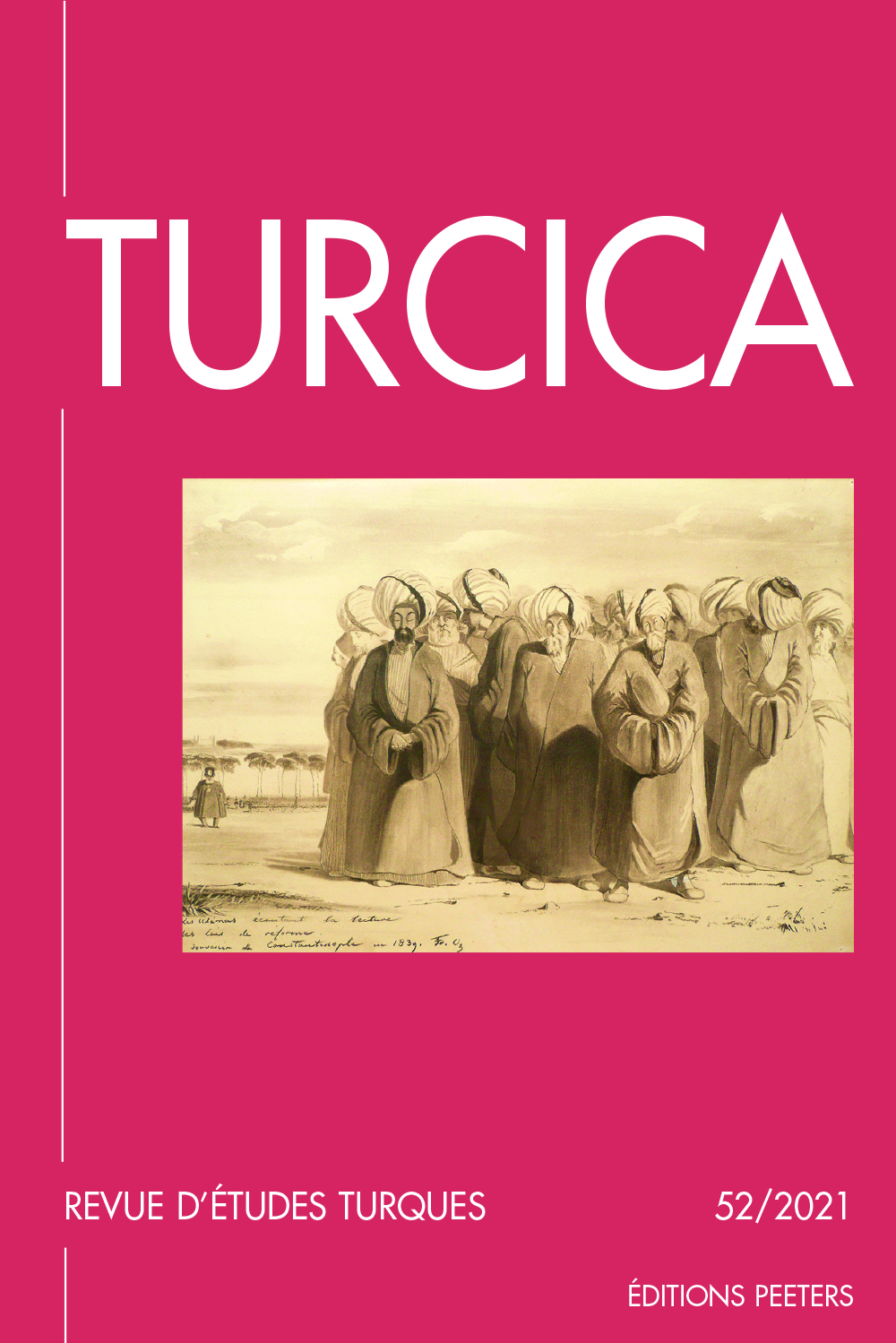 previous article in this issue previous article in this issue | next article in this issue  |

Preview first page |
Document Details : Title: Eunuch Households in Istanbul, Medina, and Cairo during the Ottoman Era Author(s): HATHAWAY, Jane Journal: Turcica Volume: 41 Date: 2009 Pages: 291-303 DOI: 10.2143/TURC.41.0.2049297 Abstract : This article examines the involvement of the Chief Eunuch of the Ottoman imperial harem (Darüssaade Ağası or Āghā Dār al-Sa'āda) in households – conglomerations of patron-client ties that served administrative and economic functions – at different stages of his career. Household membership and household building were integral parts of the Chief Eunuch’s career from his earliest training through his years in the palace to his deposition and exile. The paper identifies three major locales of household involvement: Istanbul, where the Chief Eunuch cultivated clients within the palace; Medina, where deposed Chief Eunuchs frequently served as heads of the eunuch guard at the tomb of the Prophet Muhammad; and Cairo, where Ottoman eunuchs often began their careers attached to the households of provincial governors or notables, and ended their careers in comfortable exile. Cet article a pour sujet les efforts des chefs des eunuques du harem ottoman (Darüssaade Ağası en turc, Âghâ Dâr al-Sa'âda en arabe) pour établir des «maisons» — c’est-à-dire des systèmes de liens à fonctions administratives et économiques entre un patron et ses clients — aux diverses étapes de leurs carrières. On peut identifier trois sites où se déployaient principalement leurs efforts: Istanbul, où le chef des eunuques entretenait des liens de clientèle au sein du Palais; Médine, où les chefs des eunuques déposés avaient souvent la fonction de chef des eunuques qui gardaient la tombe du Prophète Mahomet; le Caire, où les eunuques ottomans commençaient généralement leurs carrières dans les maisons des gouverneurs ou des grands de la province, et où ils achevaient ces mêmes carrières dans un exil confortable. |
 |


